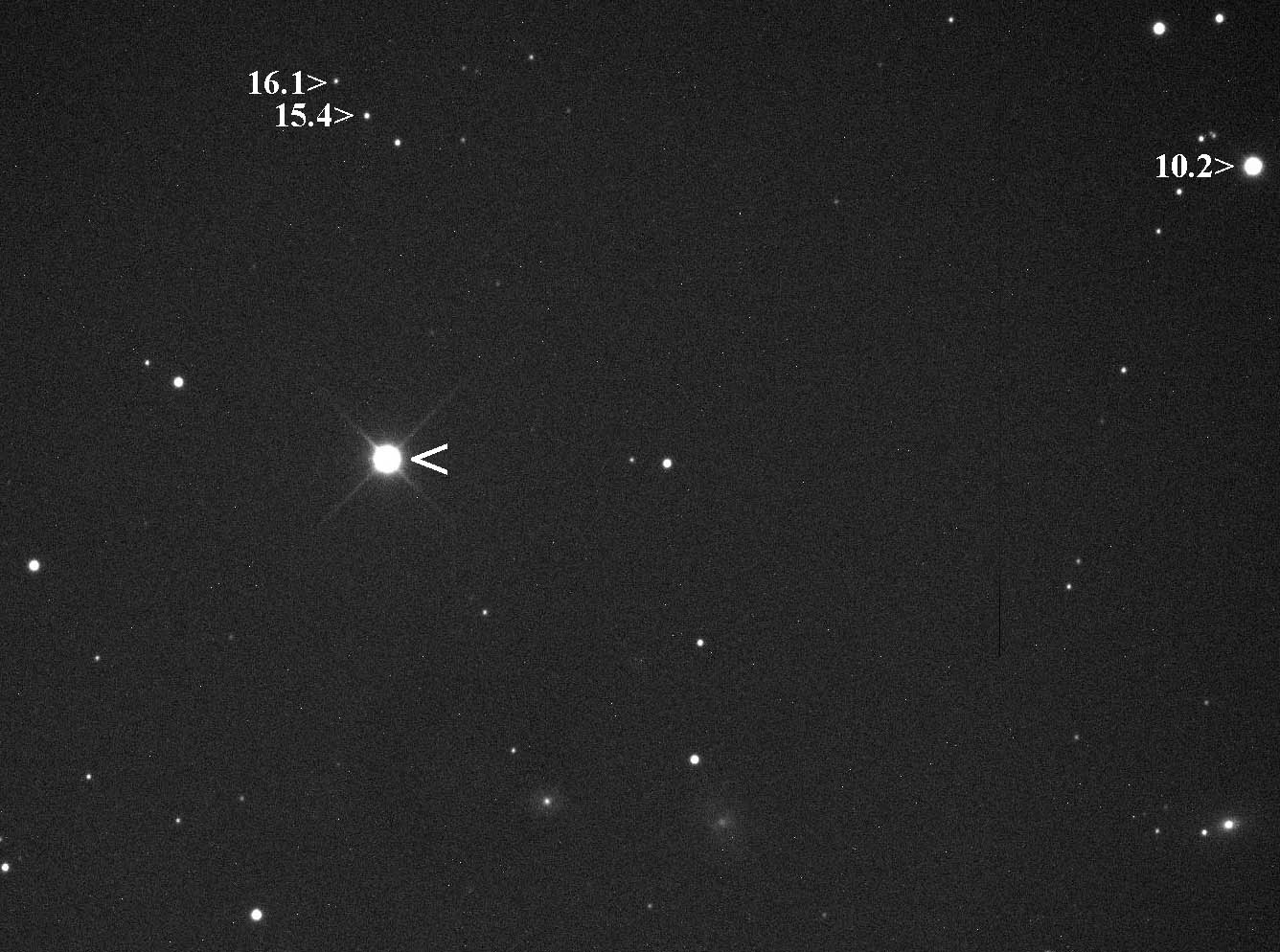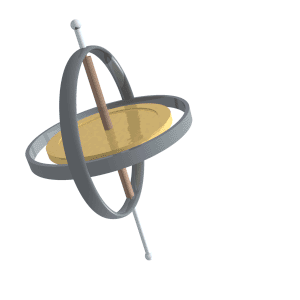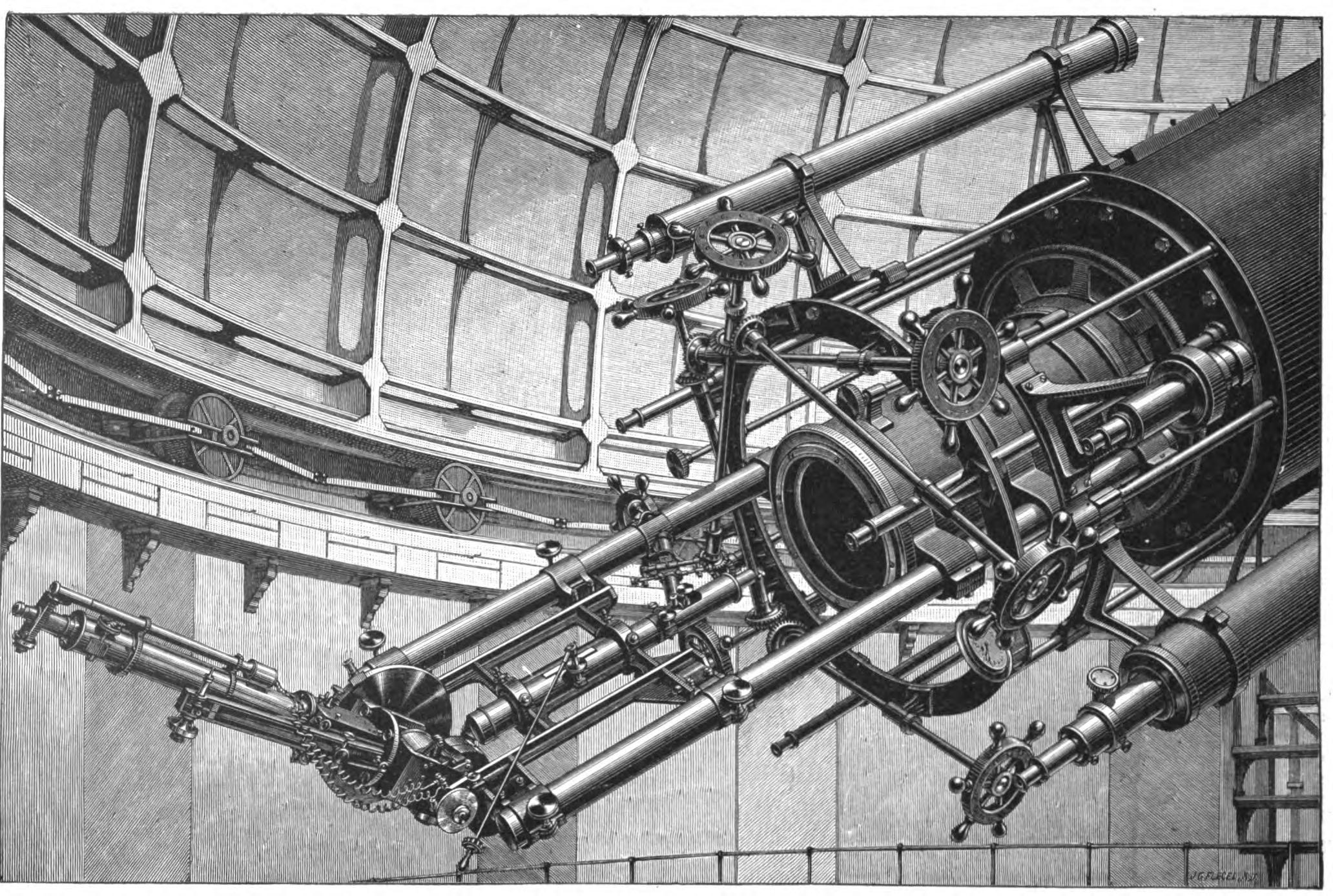|
DW Ursae Majoris
DW Ursae Majoris is an eclipsing binary star system in the northern circumpolar constellation of Ursa Major, abbreviated DW UMa. It is a cataclysmic variable of the SX Sextanis type, consisting of a compact white dwarf that is accreting matter from an orbiting companion star. The brightness of this source ranges from an apparent visual magnitude of 13.6 down to magnitude 18, which is too faint to be viewed with the naked eye. The distance to this system is approximately 1,920 light years based on parallax measurements. In 1982, R. F. Green and associates identified this star as a cataclysmic variable candidate with the Palomar–Green survey designation PG 1030+590. A. W. Shafter and F. V. Hessman in 1984 found this to be a close eclipsing binary system with a period of 3.27 hours. This is a nova-like binary where mass is being transferred from a late-type star to a white dwarf companion. This material is first accumulated in an accretion disk orbiting the ... [...More Info...] [...Related Items...] OR: [Wikipedia] [Google] [Baidu] |
Nova
A nova (plural novae or novas) is a transient astronomical event that causes the sudden appearance of a bright, apparently "new" star (hence the name "nova", which is Latin for "new") that slowly fades over weeks or months. Causes of the dramatic appearance of a nova vary, depending on the circumstances of the two progenitor stars. All observed novae involve white dwarfs in close binary systems. The main sub-classes of novae are classical novae, recurrent novae (RNe), and dwarf novae. They are all considered to be cataclysmic variable stars. Classical nova eruptions are the most common type. They are likely created in a close binary star system consisting of a white dwarf and either a main sequence, subgiant, or red giant star. When the orbital period falls in the range of several days to one day, the white dwarf is close enough to its companion star to start drawing accreted matter onto the surface of the white dwarf, which creates a dense but shallow atmosphere. This atmo ... [...More Info...] [...Related Items...] OR: [Wikipedia] [Google] [Baidu] |
White Dwarfs
A white dwarf is a stellar core remnant composed mostly of electron-degenerate matter. A white dwarf is very dense: its mass is comparable to the Sun's, while its volume is comparable to the Earth's. A white dwarf's faint luminosity comes from the emission of residual thermal energy; no fusion takes place in a white dwarf. The nearest known white dwarf is at 8.6 light years, the smaller component of the Sirius binary star. There are currently thought to be eight white dwarfs among the hundred star systems nearest the Sun. The unusual faintness of white dwarfs was first recognized in 1910. The name ''white dwarf'' was coined by Willem Luyten in 1922. White dwarfs are thought to be the final evolutionary state of stars whose mass is not high enough to become a neutron star or black hole. This includes over 97% of the other stars in the Milky Way. After the hydrogen- fusing period of a main-sequence star of low or medium mass ends, such a star will expand to a red ... [...More Info...] [...Related Items...] OR: [Wikipedia] [Google] [Baidu] |
M-type Main-sequence Stars
{{disambiguation ...
Type M or M type may refer to: Science and technology * Type M, a xD-Picture Card * Type M, a name for the 15 amp BS 546 electrical plug * Vaio Type M, a kind of Vaio computer from Sony * M-type asteroid * m-type filter, an electronic filter * M-type star * M-types, an implementation of inductive type Other uses * Audi Type M, a 1920s car * Beretta 92FS Compact Type M, a pistol * MG M-type, a sports car See also * M class (other) * Class M (other) Class M may refer to: * Class M (or M-class) planet, a classification used in the ''Star Trek'' media franchise * Class M star, a stellar classification * Class M, a driver's license, for motorcycles in the United States * SCORE Class M-Truck SC ... [...More Info...] [...Related Items...] OR: [Wikipedia] [Google] [Baidu] |
Astronomy Reports
''Astronomy Reports'' (Russian: ''Астрономический журнал'', ''Astronomicheskii Zhurnal''), is a Russian, monthly, peer reviewed, scientific journal. This journal tends to focus its publishing efforts on original research regarding astronomical topics. Other types of reporting are also included such as chronicles, proceedings of international conferences, and book reviews. Founded in 1924, it is described as the most prominent astronomy journal during the age of the Soviet Union. Originally a print version, it is also available online. The editor-in-chief was Alexander A. Boyarchuk, Institute of Astronomy of the Russian Academy of Sciences, Moscow, Russia. Former title This journal, currently titled "''Astronomy Reports''", continues with the same Russian title as when it was known in English as ''Soviet Astronomy''. The former ''Soviet Astronomy'' shares exactly the same Russian name as this journal, exactly the same print issn, but the US Library of Congr ... [...More Info...] [...Related Items...] OR: [Wikipedia] [Google] [Baidu] |
AAVSO
The American Association of Variable Star Observers (AAVSO) is an international nonprofit organization, founded in 1911, focused on coordinating, analyzing, publishing, and archiving variable star observations made largely by amateur astronomers. The AAVSO creates records that establish light curves depicting the variation in brightness of a star over time, and makes them available to professional astronomers, researchers, and educators. Since professional astronomers do not have the time or the resources to monitor every variable star, astronomy is one of the few sciences where amateurs can make genuine contributions to scientific research. During 2011, the 100th year of the AAVSO's existence, the 20-millionth variable star observation was received into the database. The AAVSO International Database (AID) stores over 35 million observations as of 2019. The organization receives nearly 1,000,000 observations annually from around 2,000 professional and amateur observers and is ... [...More Info...] [...Related Items...] OR: [Wikipedia] [Google] [Baidu] |
Superhump
In astronomy, a superhump is a periodic brightness variation in a cataclysmic variable star system, with a period within a few percent of the orbital period of the system. History Superhumps were first seen in SU Ursae Majoris (SU UMa) stars, a subclass of dwarf novae, at times when the binary system underwent a superoutburst, which is an unusually strong outburst (increase in brightness) caused by an increased accretion rate. Period excess The period of the superhump variations can be either greater or less than the orbital period, known as positive or negative superhumps respectively. The period excess is the difference between the superhump period and the orbital period, expressed as a fraction of the orbital period. Physical origin The accretion disk An accretion disk is a structure (often a circumstellar disk) formed by diffuse material in orbital motion around a massive central body. The central body is typically a star. Friction, uneven irradiance, magnetohydrodynami ... [...More Info...] [...Related Items...] OR: [Wikipedia] [Google] [Baidu] |
Precession
Precession is a change in the orientation of the rotational axis of a rotating body. In an appropriate reference frame it can be defined as a change in the first Euler angle, whereas the third Euler angle defines the rotation itself. In other words, if the axis of rotation of a body is itself rotating about a second axis, that body is said to be precessing about the second axis. A motion in which the second Euler angle changes is called ''nutation''. In physics, there are two types of precession: torque-free and torque-induced. In astronomy, ''precession'' refers to any of several slow changes in an astronomical body's rotational or orbital parameters. An important example is the steady change in the orientation of the axis of rotation of the Earth, known as the precession of the equinoxes. Torque-free Torque-free precession implies that no external moment (torque) is applied to the body. In torque-free precession, the angular momentum is a constant, but the angular vel ... [...More Info...] [...Related Items...] OR: [Wikipedia] [Google] [Baidu] |
Ultraviolet Astronomy
Ultraviolet astronomy is the observation of electromagnetic radiation at ultraviolet wavelengths between approximately 10 and 320 nanometres; shorter wavelengths—higher energy photons—are studied by X-ray astronomy and gamma-ray astronomy. Ultraviolet light is not visible to the human eye. Most of the light at these wavelengths is absorbed by the Earth's atmosphere, so observations at these wavelengths must be performed from the upper atmosphere or from space. Overview Ultraviolet line spectrum measurements (spectroscopy) are used to discern the chemical composition, densities, and temperatures of the interstellar medium, and the temperature and composition of hot young stars. UV observations can also provide essential information about the evolution of galaxies. They can be used to discern the presence of a hot white dwarf or main sequence companion in orbit around a cooler star. The ultraviolet universe looks quite different from the familiar stars and galaxies se ... [...More Info...] [...Related Items...] OR: [Wikipedia] [Google] [Baidu] |
Hubble Space Telescope
The Hubble Space Telescope (often referred to as HST or Hubble) is a space telescope that was launched into low Earth orbit in 1990 and remains in operation. It was not the first space telescope, but it is one of the largest and most versatile, renowned both as a vital research tool and as a public relations boon for astronomy. The Hubble telescope is named after astronomer Edwin Hubble and is one of NASA's Great Observatories. The Space Telescope Science Institute (STScI) selects Hubble's targets and processes the resulting data, while the Goddard Space Flight Center (GSFC) controls the spacecraft. Hubble features a mirror, and its five main instruments observe in the ultraviolet, visible, and near-infrared regions of the electromagnetic spectrum. Hubble's orbit outside the distortion of Earth's atmosphere allows it to capture extremely high-resolution images with substantially lower background light than ground-based telescopes. It has recorded some of the most ... [...More Info...] [...Related Items...] OR: [Wikipedia] [Google] [Baidu] |
Stellar Spectrum
Astronomical spectroscopy is the study of astronomy using the techniques of spectroscopy to measure the spectrum of electromagnetic radiation, including visible light, ultraviolet, X-ray, infrared and radio waves that radiate from stars and other celestial objects. A stellar spectrum can reveal many properties of stars, such as their chemical composition, temperature, density, mass, distance and luminosity. Spectroscopy can show the velocity of motion towards or away from the observer by measuring the Doppler shift. Spectroscopy is also used to study the physical properties of many other types of celestial objects such as planets, nebulae, galaxies, and active galactic nuclei. Background Astronomical spectroscopy is used to measure three major bands of radiation in the electromagnetic spectrum: visible light, radio waves, and X-rays. While all spectroscopy looks at specific bands of the spectrum, different methods are required to acquire the signal depending on the frequency. ... [...More Info...] [...Related Items...] OR: [Wikipedia] [Google] [Baidu] |
Emission Line
A spectral line is a dark or bright line in an otherwise uniform and continuous spectrum, resulting from emission or absorption of light in a narrow frequency range, compared with the nearby frequencies. Spectral lines are often used to identify atoms and molecules. These "fingerprints" can be compared to the previously collected ones of atoms and molecules, and are thus used to identify the atomic and molecular components of stars and planets, which would otherwise be impossible. Types of line spectra Spectral lines are the result of interaction between a quantum system (usually atoms, but sometimes molecules or atomic nuclei) and a single photon. When a photon has about the right amount of energy (which is connected to its frequency) to allow a change in the energy state of the system (in the case of an atom this is usually an electron changing orbitals), the photon is absorbed. Then the energy will be spontaneously re-emitted, either as one photon at the same frequenc ... [...More Info...] [...Related Items...] OR: [Wikipedia] [Google] [Baidu] |






